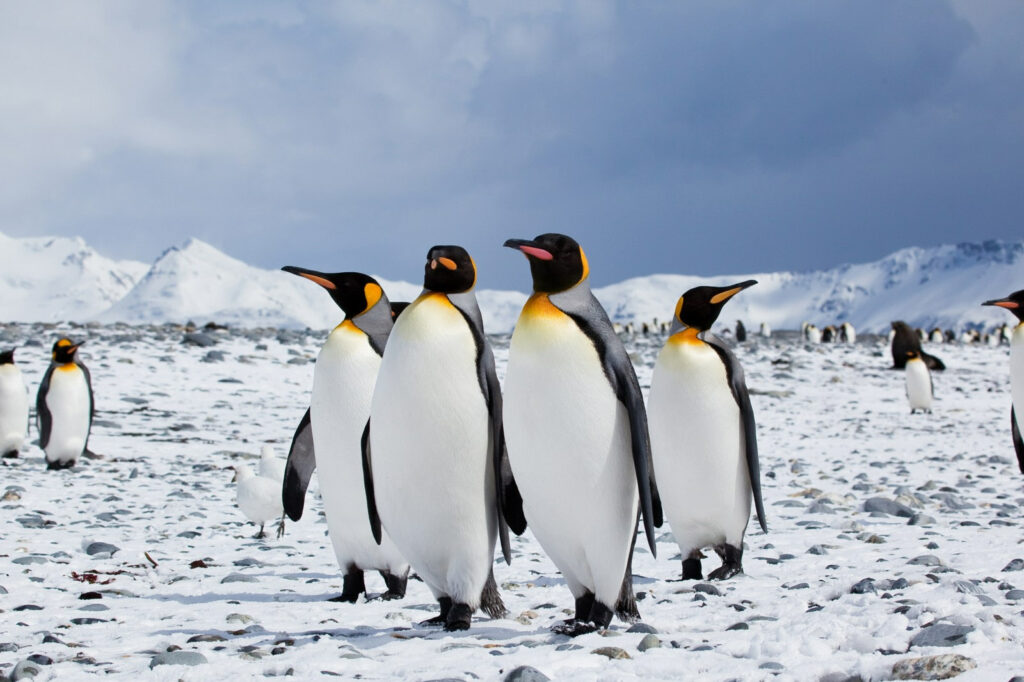It turns out it’s not just penguins who release planet-destroying laughing gas (nitrous oxide or N2O). So do cows. From their urine. But it seems it may not be the end after all because every once in a while some dope who didn’t realize the science was settled makes a discovery. In this case that nature is harmonious and adaptive and takes advantage of whatever’s around and available to someone who manages to eat it. Including that cows pastured where nitrogen-fixing white clover grows give off only half as much N2O as was assumed from less-well-designed experiments. Oh, and that way more N2O is leaking out of permafrost soil than we thought. Unless it’s not.
It seems that previous studies of the cow pee of death had taken manure and urine from other farms or other places in a farm, and if you get the whole grass-cow-dung cycle into a closed system you get less laughing gas. Are we saved?
Probably not. Now let’s be frank here. If cow urine can destroy the Earth it’s obviously a pretty fragile thing to begin with. Even if it’s true that white clover can reduce N2O emissions by half, it’s hard to believe current N2O emissions from cattle versus half of current N2O emissions from cattle is the crucial tipping point.
Actually alarmists speak of a great many tipping points; MSNBC for instance warning on September 24, 2009 that “We are on the verge of pushing nature into a state of instability like nothing humanity has seen before, according to a study published in the journal Nature. The study, which attempted for the first time to come up with real numbers for a set of conditions beyond which Earth may not be able to recover, found that we may have already crossed several tipping points.” Which makes you wonder if they get the metaphor, or how many tipping points you can cross before something actually tips. But in any case, surely things like China’s coal-plant binge matter more than cow urine.
Or that problem with the permafrost. The science of climate change being settled, you’ll be a bit surprised to hear a scientist say “little is known about N2O emissions from permafrost soils and until recently, it was assumed that releases had to be fairly minimal because of the cold climate…. there might be very high N2O emissions from such soils, perhaps as much as those from tropical forests or croplands, which suggests that there's a gap in our understanding of what happens to nitrogen in permafrost soils.”
Oh really? And what if it turns out that our estimation not just of the amount of N2O from cows, but the total amount being released, was so far off as to be almost comical? What then becomes of the vaunted models?
At any rate the finding may at least encourage beef and dairy farmers to push back against government action to shut them down. According to the study N2O is about 265 times more “potent” than CO2. And since it has been blamed for up to 40% of “beef supply chain emissions”, if white clover cuts it in half it seems we’ll be allowed to have some food for a while after all before we all start eating bugs.
The really striking part is that a plant that fixes nitrogen also fixes nitrogen. Or, as one study coauthor put it, “The evidence suggests that including white clover amongst high sugar grass decreases the abundance of microbial genes associated with nitrous oxide production compared with microbial communities observed under just high sugar grass.”
In the modern world it seems even the grass has sugar in it. But in the natural world, if there’s nitrogen out there, or N2O, something will come along and eat it. It’s a very complex feedback system and one with considerably greater capacity for self-balancing than environmentalists often suggest at least when climate change is involved.


